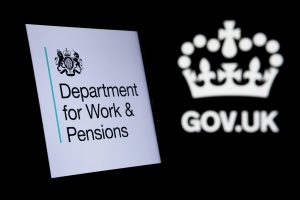DWP review of transfer conditions regulations published
Further to our previous blog on the 2021 transfer conditions regulations, the DWP has now published its highly anticipated review of the “operation, appropriateness, and effectiveness of the regulations”.
The hope was that the DWP would commit to updating the regulations to clarify the position on overly restrictive flags around some incentives and overseas investments, which provide little or no wriggle room and are causing delays in processing transfer requests.
So, has the DWP taken account of industry feedback and made any such commitments?
Broad red and amber flags
As we highlighted previously, some of the indicators of a potential pension scam in the transfer conditions legislation (called “red” or “amber flags”) are subjective and/or broadly worded, leaving trustees having to determine whether or not a particular flag applies. This is especially difficult in cases where trustees are confident that a transfer is low risk, but it appears that, technically, a flag is present. As a quick reminder, a red flag halts a statutory transfer in its tracks, whilst an amber flag requires trustees to pause the transfer process and refer the member to a Moneyhelper appointment for guidance.
The DWP received consistent feedback from the industry, most notably in relation to the following flags:
- the incentives red flag which is blocking some transfers “due to the different interpretation of the flag by some providers”, and
- the overseas investment amber flag, which can be raised “even when schemes have no concerns” and needs to be “more clearly defined or removed”.
Frustrated members
As our previous blog noted, some members are frustrated with delays and additional due diligence requirements, as well as a lack of consistency in how different schemes interpret the conditions.
The DWP also received feedback that transfers were taking longer and individuals were being required to attend multiple safeguarding appointments, even where they are simply consolidating their pensions, due to individual scheme requirements.
Tight timescales and Moneyhelper referrals
The DWP report found that, on average, transfer times had increased by 4% to 6% after the conditions came into force. The average waiting time for a Moneyhelper appointment has also increased from two to six weeks. Both of these increases squeeze what are already tight deadlines for completing a statutory transfer.
Do we have the answers we were hoping for?
The DWP confirmed in its report that it is satisfied that the original policy intent of the regulations, tackling pension scams, remains appropriate and should not be undermined by any changes. It has, however, acknowledged the concerns raised by the pensions industry, most notably in relation to the incentives and overseas investment flags.
The DWP has committed to consider whether the regulations need changing to “improve the pension transfer experience”, although there is no timescale for this yet.
Trustees will therefore have to take a “wait and see” approach, with the hope that the DWP will clarify the regulations to enable more consistency in how the regulations are implemented. In the meantime, we expect that many trustees will continue to take a cautious approach when applying the transfer conditions.









